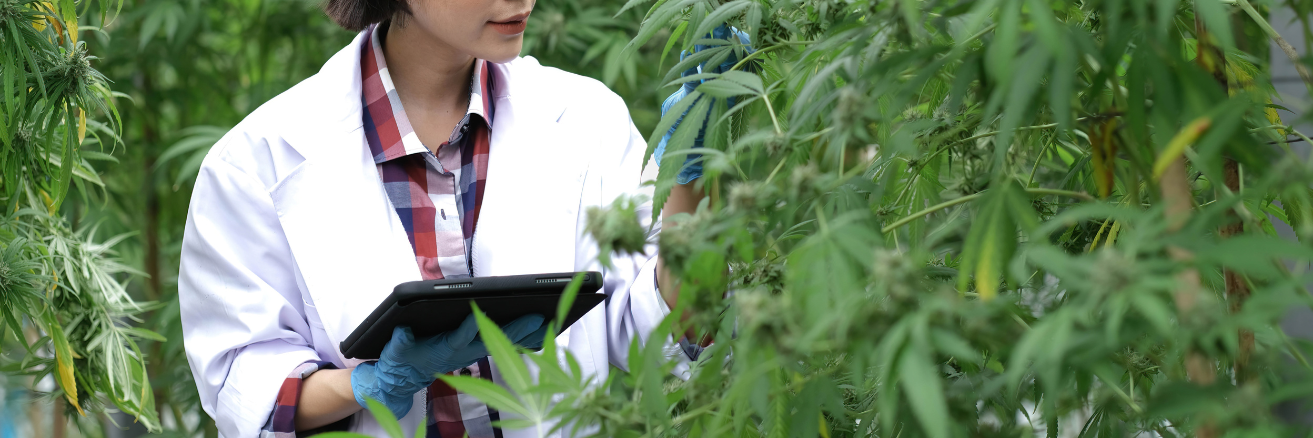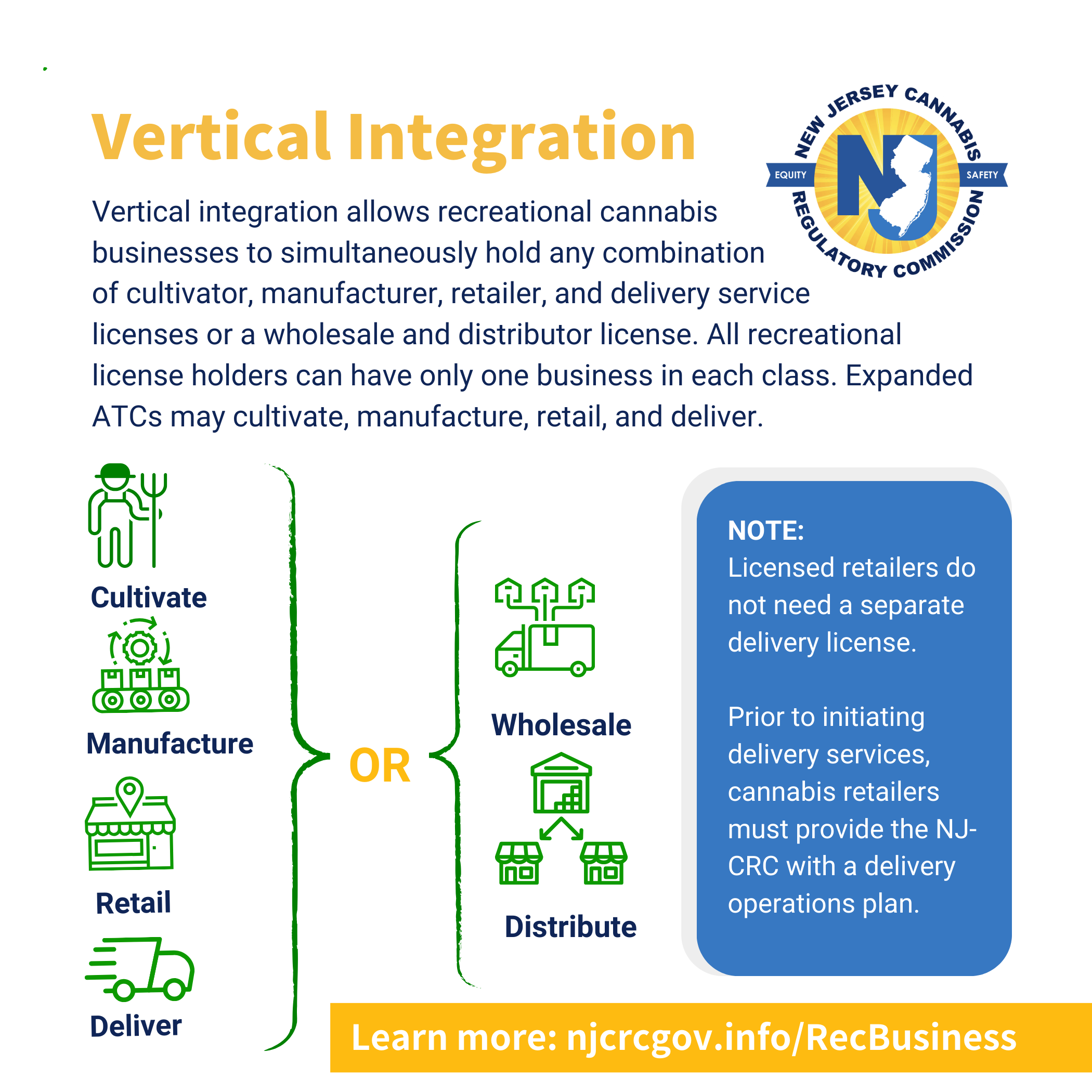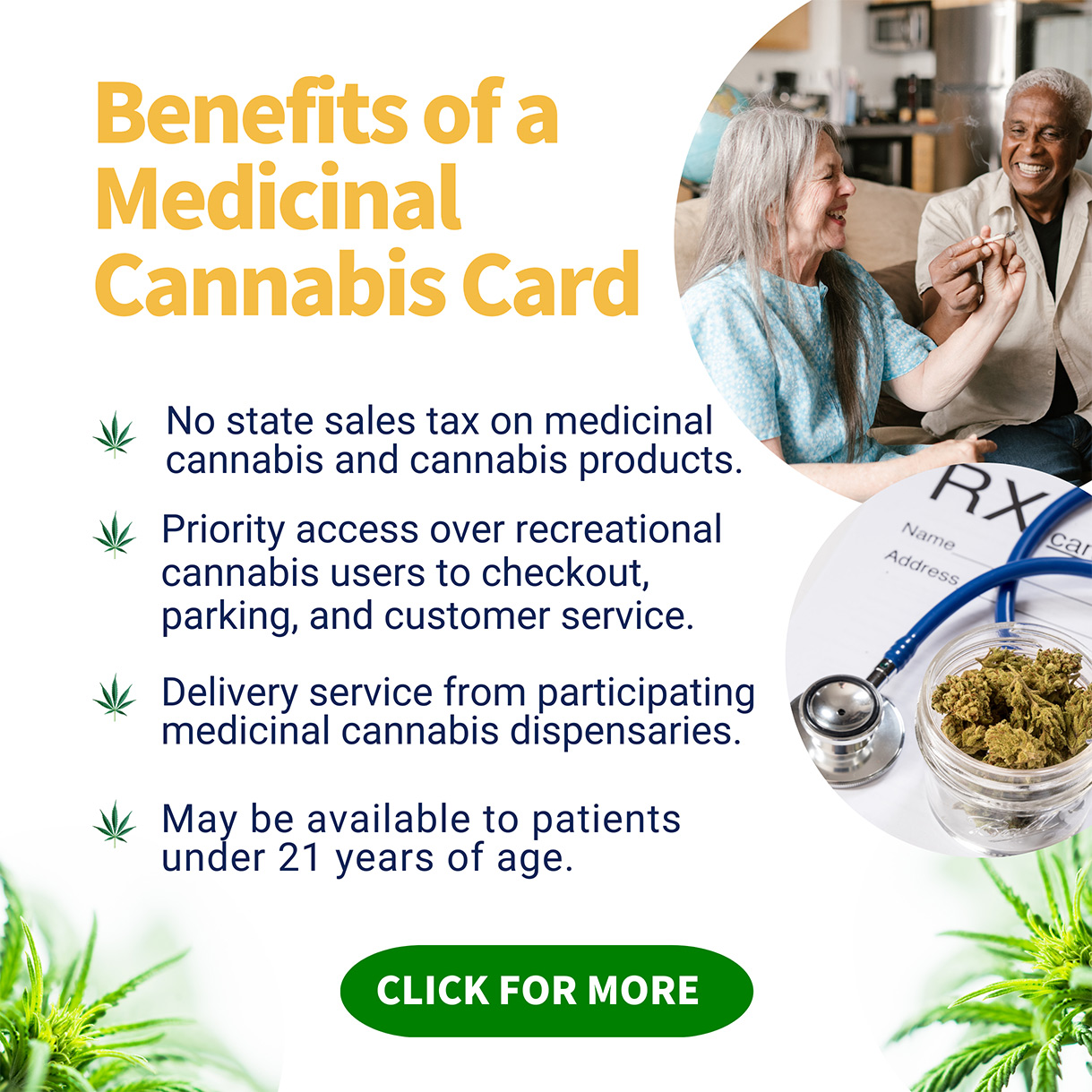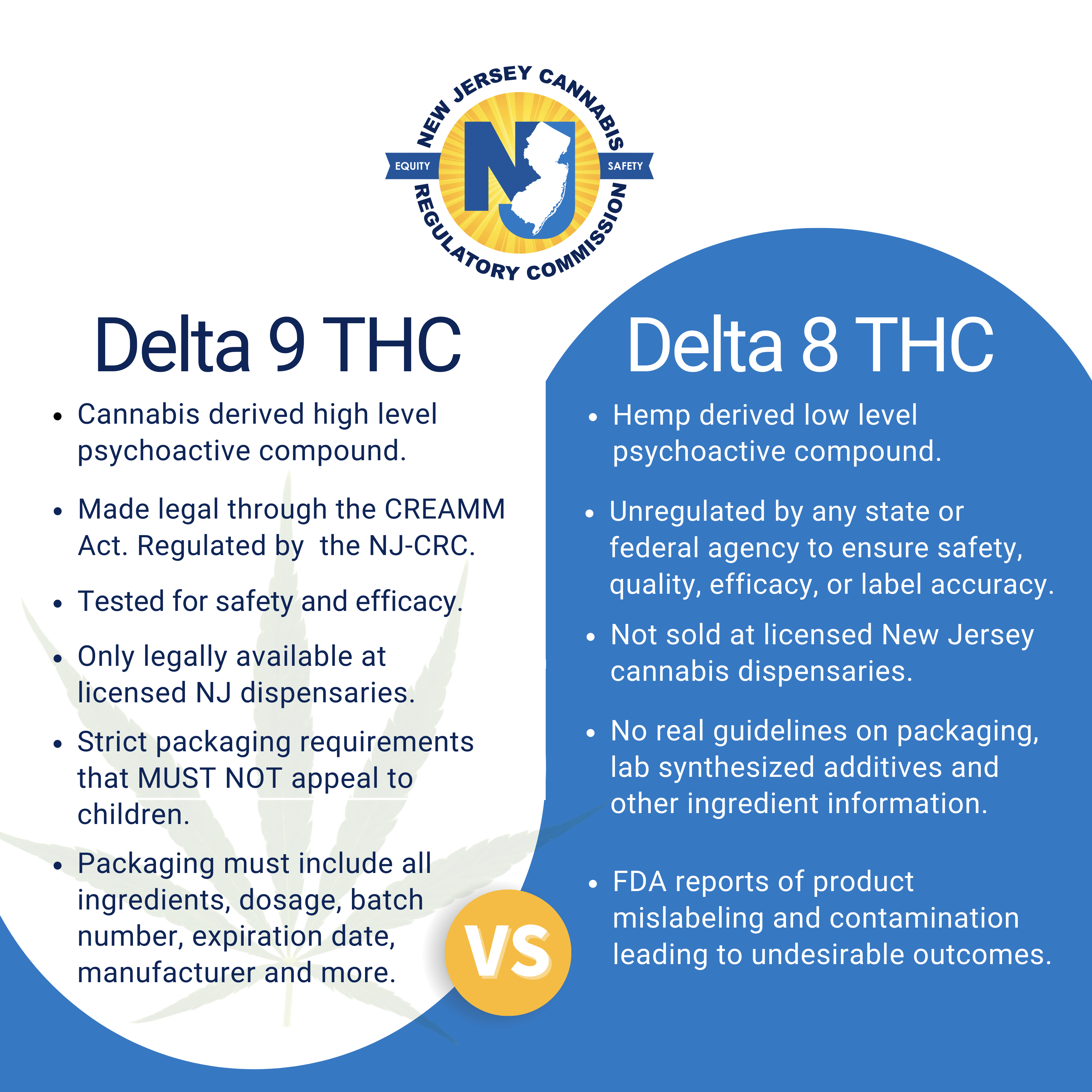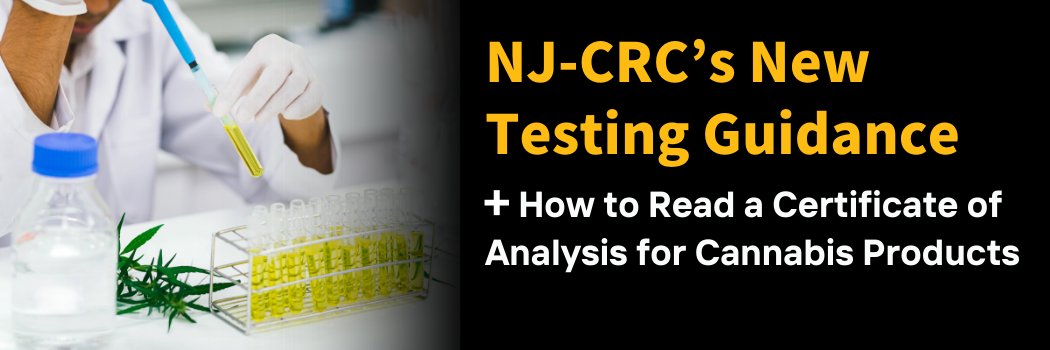
The Commission's cannabis testing guidance approved on February 18, 2025, has been rescinded. The NJ-CRC has returned to the interim testing standards previously in use, which follows the Maryland Technical Authority for Cannabis Testing, Revision 3.0, December 15, 2020.
Testing ensures that cannabis products sold in licensed dispensaries meet the state’s health, safety, and labeling standards. Licensed laboratories must test all legal cannabis in New Jersey for potency (such as THC levels) and to check for harmful substances like pesticides, heavy metals, mold, and bacteria.
Consumers can verify the safety and quality of their products by reviewing the Certificate of Analysis (COA) available for every tested product.
Keep reading to learn how to read a Certificate of Analysis (COA).
View the complete testing guidelines.
What is a Certificate of Analysis (CoA)?
A Certificate of Analysis (CoA) is a lab test report that provides information on the safety, quality, and potency of a cannabis product. The NJ-CRC requires that all cannabis products undergo testing by a licensed third-party testing laboratory before being sold to consumers.
If you buy cannabis from a licensed dispensary in New Jersey, you can access a Certificate of Analysis (COA) for each product, providing insights into what you are consuming. The information on the Certificates of Analysis comes directly from the state-licensed cannabis labs that implement the NJ-CRC testing guidelines.
Why cannabis testing matters?
Cannabis testing ensures that products are safe, free of harmful contaminants, and accurately labeled. It helps identify the presence of pesticides, mold, heavy metals, residual solvents, or other substances that could pose health risks. Testing also verifies the potency of THC, CBD, other cannabinoids, and terpenes -- allowing consumers to make informed decisions based on desired effects. Without proper testing, there's no way to confirm a product meets New Jersey's safety standards, or if it’s safe for consumption at all. Ultimately, product testing protects public health, promotes transparency, and preserves trust in the legal cannabis market.
Where can I get a Certificate of Analysis (CoA) for a cannabis product?
All dispensaries are required to provide a CoA of products they sell. Consumers may request a CoA for any product a dispensary carries. Information about how to get a CoA is sometimes on product packaging.
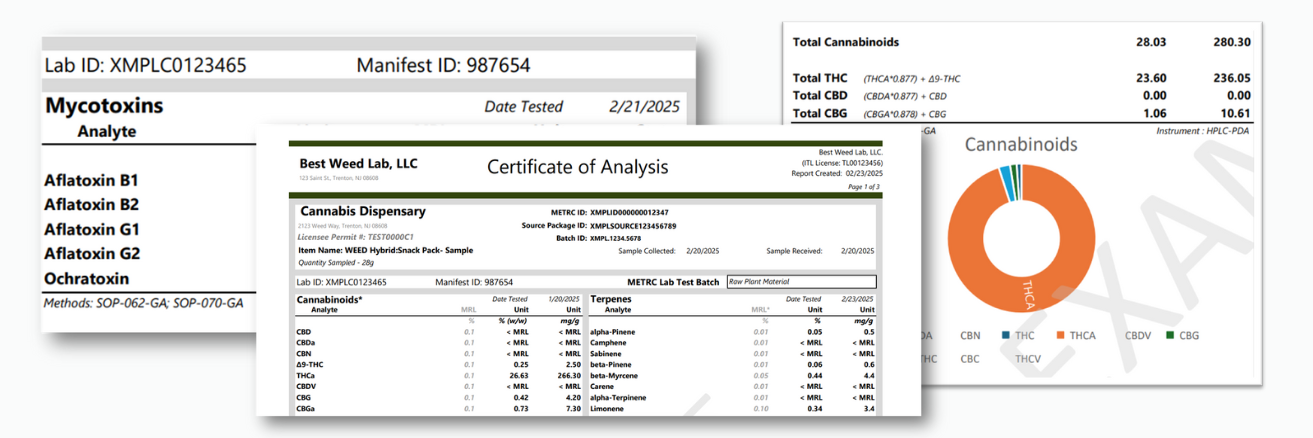
Key Sections of a CoA
- Product & Sample Information
The product information includes the specific strain or product name, such as "Blue Dreamcicle Flower" or "Lemon Zesty Kush Vape Cartridge," along with a unique batch or lot number that allows for traceability. It also specifies the sampling date when the product was collected for testing and identifies the laboratory that performed the analysis, including its name and license number from the NJ-CRC
2. Cannabinoid Profile
This section outlines the concentration of cannabinoids, highlighting THC and THCA as the primary psychoactive compounds, while CBD and CBDA are noted for their non-psychoactive and potentially therapeutic effects. Additionally, it must include other cannabinoids such as CBG, CBC, and CBN, which play a role in the entourage effect.
Why it matters: Potency levels determine the product’s strength and effects – important to know to make safe-use decisions.

- Terpene Profile (Optional, but important for aroma & effects)
Terpenes are aromatic compounds that influence the smell, taste, and effects of cannabis. Key terpenes include myrcene, which some users say promotes relaxation; limonene, with its uplifting citrus scent; pinene, which some users’ states enhances alertness, and caryophyllene, a spicy-scented terpene that may have anti-inflammatory properties.
Why it matters: Helps consumers choose products based on potential effects beyond just THC and other cannabinoid levels.
- Contaminant Testing (Safety & Compliance)
This section ensures the product meets NJ-CRC safety standards by testing harmful substances.
The safety of consumable products is ensured through rigorous testing for contaminants. Microbial threats like E. Coli and Salmonella must show a "PASS" status to confirm safety. Heavy metals, such as lead and mercury, are checked against NJ-CRC limits, also requiring a "PASS." Pesticides must not have illegal residues and extracts and vapes are tested for residual solvents like butane and ethanol, all needing a "PASS" for compliance.
Why it matters: Protects consumers from harmful contamination in cannabis products.
- Moisture Content & Water Activity (For Flower Products)
We check moisture content to ensure proper curing and storage. Water activity (aW) prevents mold growth and extends the product's shelf life. This status must be maintained within safe limits to avoid mold and degradation.
Why it matters: Too much moisture can lead to mold and bacteria, and too little can dry out the product, affecting potency, taste, and overall quality.
- Mycotoxins & Foreign Materials
The testing process evaluates harmful toxins from mold and fungus, as well as checks for physical contaminants like dirt, glass, or hair. It is essential that the final status indicates "PASS" to ensure that products meet safety standards and are safe for consumers.
Why it matters: It ensures the product is free from dangerous toxins and physical contaminants that could cause health issues and injury.
To learn more the cannabis products you’ve bought or intend to buy, ask your dispensary for the CoA or scan the QR code (if available) on the product packaging. If a dispensary cannot provide a CoA for products on its shelf, contact the Medicinal Cannabis Program Customer Service Unit at (609) 292-0424 or at medcannabis@crc.nj.gov.
Download the PDF of How to Read a Certificate of Analysis.
This post was updated on May 2, 2025, to reflect the rescission of the testing guidelines and a return to the interim testing guidelines.
We make it easy to stay informed about cannabis in New Jersey. We encourage you to stay engaged by participating in public meetings -- either by registering to speak or leaving written comments. Missed something? You may find all public meeting and SEEF hearing recordings here. Check out CRC High Points podcast and follow us on Instagram LinkedIn, X, Facebook and YouTube. Be sure to also check out our Safe Use page for cannabis safety information.
DISCLAIMER
The information presented in this blog post is for informational purposes only and should not be used as a substitute for professional medical advice, diagnosis, or treatment. Seek advice from your physician or other qualified healthcare provider if you have any questions about a medical condition or incorporating cannabis into your treatment. Do not ignore professional medical advice or delay seeking it due to anything you may have read on this website.
Previous Blog Posts
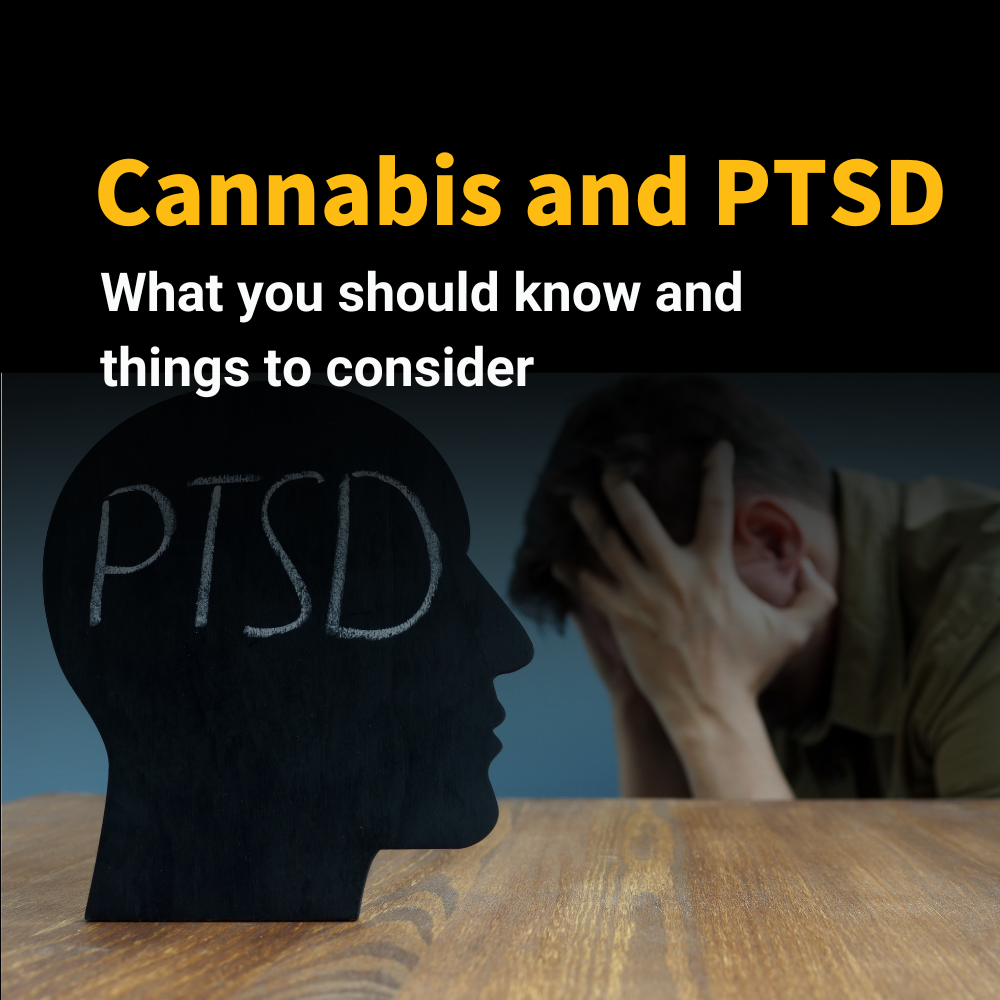
Cannabis and PTSD
09/23/2025
Post-traumatic stress disorder (PTSD) is a mental health condition that can happen after someone has lived through distressing or life-threatening events. People with PTSD may have disturbing flashbacks, nightmares, or be overly guarded. It can cause trouble sleeping, mood swings, or disruptions to daily life. This mental health condition is the third most common condition participants in New Jersey’s Medicinal Cannabis Program are treating with cannabis Many patients, including veterans, turn to cannabis when other treatments are not enough or don't work.
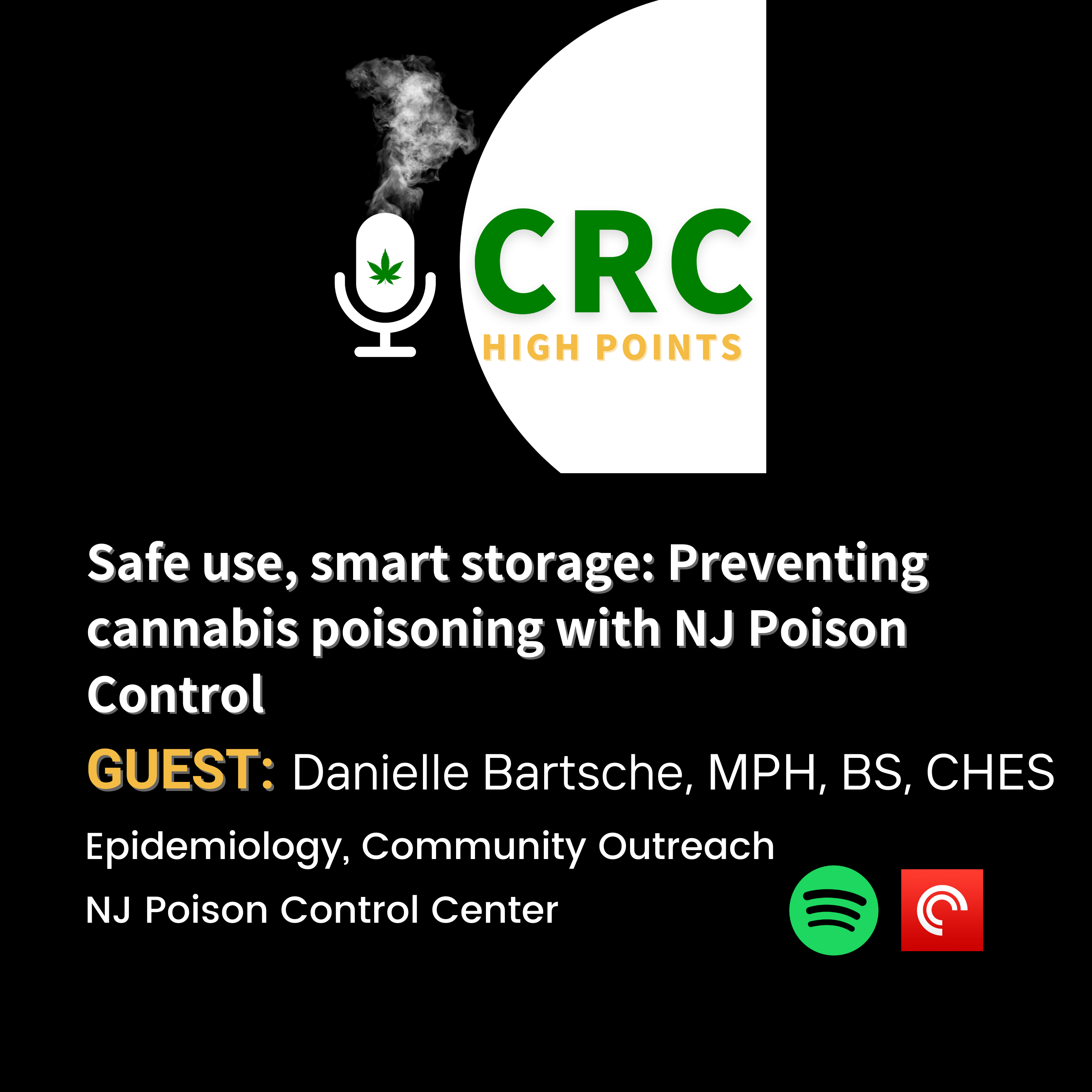
Safe use, smart storage: Preventing cannabis poisoning with NJ Poison Control
09/5/2025
In this episode of High Points, Danielle Bartsche, MPH, BS, CHES, who focuses on epidemiology and community outreach for the New Jersey Poison Control Center, discusses how cannabis poisoning can affect adults, children, and pets, what symptoms to look out for, and what steps to take if an overdose is suspected. Danielle also highlights how New Jersey’s packaging requirements, consumer education, and the availability of Poison Control support are helping to reduce risks and promote responsible cannabis use.

New Jersey now has cannabis lounges
08/5/2025
New Jersey’s Smoke-Free Air Act makes it clear where you shouldn’t light up and risk being a nuisance or health hazard for others. No smoking in indoor public spaces like restaurants, bars, or offices. No smoking in public parks, or on beaches. With all the spaces where you cannot smoke, cannabis users now have legal spaces to smoke cannabis socially outside their homes—cannabis consumption areas. Imagine meeting friends for happy hour, but at a dispensary’s cannabis lounge instead of your local bar, and without alcohol.
 Official Site of The State of New Jersey
Official Site of The State of New Jersey
